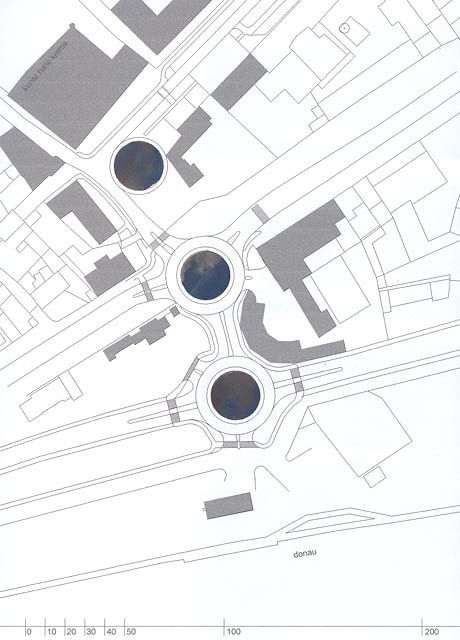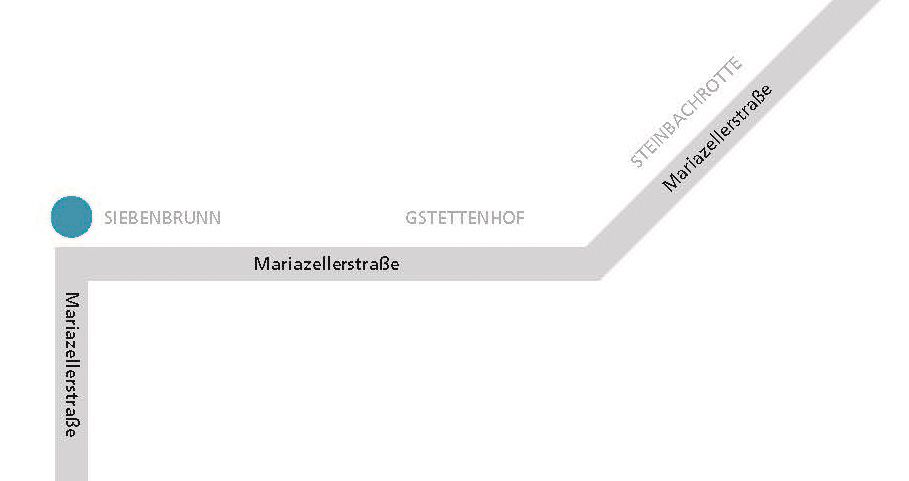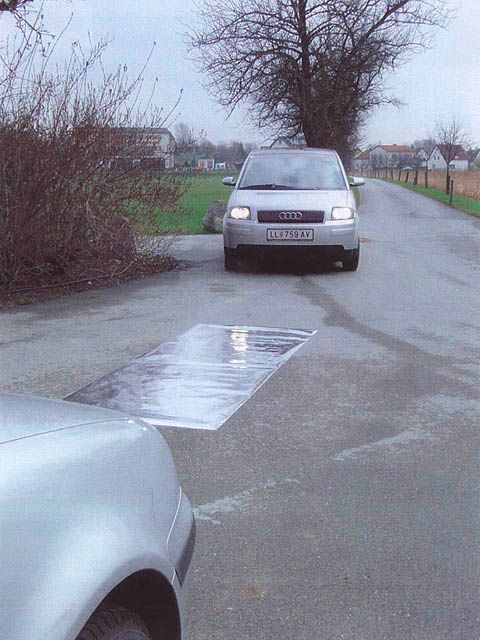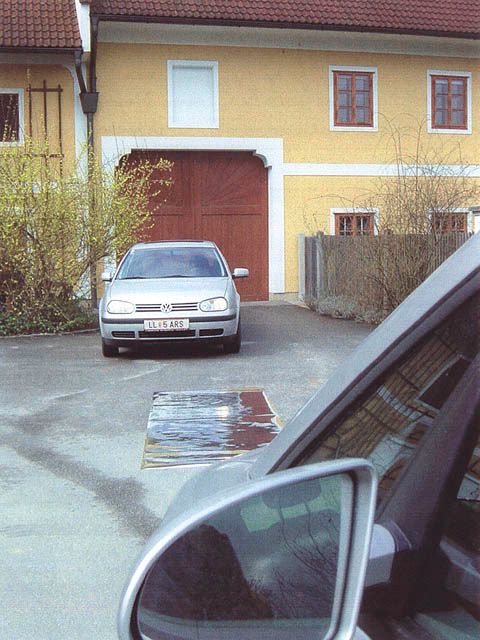Spontaneous Gardens
BackArtists
- With
Information
As part of 'Spontaneous Gardens', gardens and landscape are to be staged for one season. New perspectives and approaches to the theme of urban space and landscape are to become manifest at specific locations in Krems. As part of public space gardens are supposed to reflect a constantly changing town culture and work with the possibilities of urban landscaping. New perspectives and approaches to the theme of urban space and landscape are to have a provocative effect. Temporary projects were planned at seven stations in the town. These stations are connected by a tow-garden path. Not just the garden theme but also the specific landscape backdrop of Krems was addressed. Hidden gardens and river courses were included as well as town squares and parks. The projects could not be translated in reality, realization has proven impossible for the time being due to political will in Krems.
Contributors
- Kuration
Contributions
Barbara Bacher, Andreas Heidl
"Der Garten ist der Himmel auf Erden, betreten verboten"
The garden is considered to be a synonym for Paradise, for Eden. The garden as 'hortus conclusus', a well encircled space concealing no dangers where one can be at one with nature. The dream of Heaven on earth – literally. Heaven, the image of heaven is brought down to the earth, projected onto the ground, reflected. All the movements and changes in the skies can be seen in a glance at the ground. paradise is not accessible, the Garden of Eden remains a dream, Heaven on earth an illusion.
Gachowetz Lutz Zimmermann
"Baumgerüst"
The 'Baumgerüst' (Tree Scaffold) is situated next to the courthouse and Galerie Stadtpark and is intended to connect Steiner Tor, the Stadtpark and the Kunsthalle Krems while adding sensitivity to the urban setting. A tree is to be filtered out of the Stadtpark stock and at the same time attract people's gaze while also being a spatially accessible object. The tree is provided with a catwalk construction that permits new views and perspectives. To concentrate the gaze inside, the frame is cloaked in a whitish transparent fabric.
Hutterreimann + Cejka Landschaftsarchitektur
"Kremser Flut"
Krems lies on the Krems. This situation is, though, hardly noticed by visitors and residents of Krems alike. The project 'Kremser Flut', an installation with blue plastic ropes, raises the Krems from its deep trench and into people's conscious minds. At high-water the installation recedes and the wild Krems is back in the foreground. The ropes are spanned to create the impression of an artificial surface of waves. Spotlights reflect the span of cables in the night, so it can also be experienced in the dark.
Werner Reiterer, Koselička
"Stromkilometer 2001,4"
The intervention addresses the flood plain area and the effective potential for landscaping of the Danube as an unregulated river. Changes in water height are artificially induced at the Pfeilerlacke and the Offizierslacke, and subjected to a regular strongly abbreviated rhythm. A manipulated combines the water depths with human existence. An oversized tree stump is planted in the flood plain area. The artificially induced parameters cause ramblers to mistrust their own perception. The question whether it is reality or an illusion cannot be answered with certainty.
Lisbeth Philipsen, Katharina Carlsson
"Rotes Band"
Tracks run through the countryside, right through the layers of the town and the passing of time. An encounter is revealed here between history, the countryside and the development of the town – a place where old remnants make way for new needs. Abandoned fragments in a continuous progression form a spontaneous exposure of and cohesion to existing structures. A continuous red band on Anibaspromenade, consisting of dyed red sawdust, highlights the course of the connection between the typical vine terraces and the Danube countryside. A dialogue between the elements of the landscape is staged.
Robin Winogrond, Ammanuel Mehizon
"PLACEdisPLACEment."
Understanding landscape also means asking: What is coming, what is going, what is being preserved, what is being replaced? What do we remember? The Eder Villa is taken as an example to present a condensed survey of significant moments in the town's history. A cliff, cut from the Krems river, stone-age and medieval fortress, a wonderful villa and its garden. Now a housing estate. What is left? The villa has been conserved. The stone-age finds have been moved away and archived. Evidence of the garden is gradually disappearing, though. Don't we have an archive for the layers of the countryside? So we display the garden on Kasernstrasse for a while before bidding it farewell.
Leo Zogmayer
"Dachgarten"
A mobile roof-garden is available all day on three weekends. It is placed in alternating sites, on Pfarrplatz, Dreifaltigkeitsplatz, and at Hohen Markt. The mobile roof-garden is equipped to turn into shears stage with room for up to seven people. Basic roof-garden equipment is provided: a folding table, folding chairs. The roof-garden can be adjusted to stand at a height of up to 18 metres above ground level. For a small remuneration the garden can be rented for a maximum of thirty minutes for optimum indulgence.
Two 'Mobile Dachgärten' were set-up during the Höfefest on 20th September 2003 in St. Pölten (Raiffeisen car park/Franziskanergasse and in the courtyard of KWI/3-7 Fuhrmannsgasse).
Leo Zogmayer
"Stadtstrand"
The 'Stadtstrand' runs along a surface of about 300 sqm. The material, 10 lorry-loads of Danube gravel is spread an average of 25cm deep in the west half of Dreifaltigkeitsplatz. Göglstrasse, the access road to the town centre and access to the bank are not effected by the installation. The pebble beach set for the duration of 'Spontaneous Gardens' on Krems Dreifaltigkeitsplatz, where the town centre was flooded at high-water – as testified to by old photographs – and turned into a kind of inner-city beech right up to the 2nd decade of the 20th century. The proposed band of gravel is not a narrative setting bit conceived as a dry minimal backstage formation.




